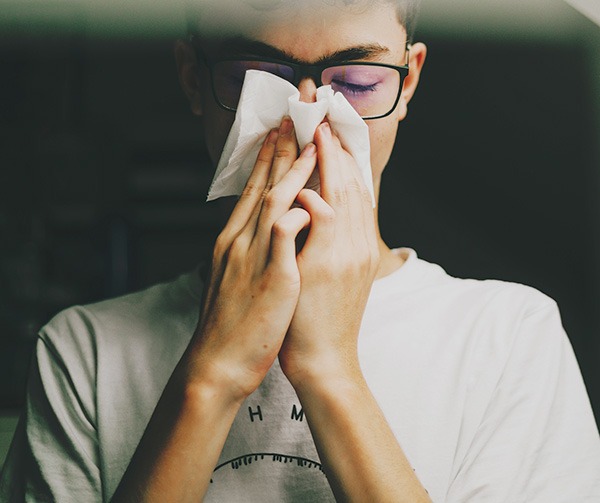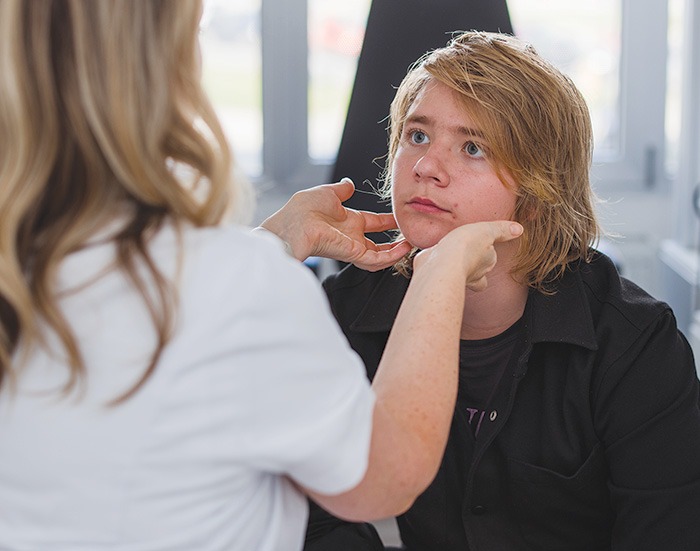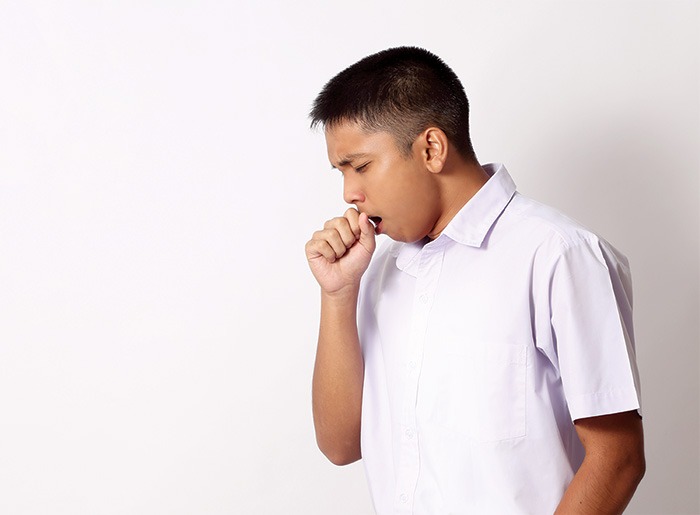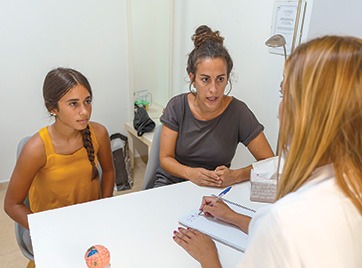When you should prescribe (and when you should not).
Cold sores, (herpes labialis), caused by the herpes simplex virus type 1 (HSV-1) manifest as painful, fluid-filled blisters. They typically form around the lips but may also occur on the intraoral mucosa or other areas of skin.1
Why treat?
Taken early, famciclovir can reduce pain duration and healing time by about 1–2 days.2 But it’s not just symptoms. Early antiviral intervention decreases viral shedding, reducing the likelihood of spreading the virus to others.1
How early is early?
Antiviral medicines are most effective when administered at the first sign of an outbreak, preferably within 1 hour.3
They shorten the duration of the cold sore and lessen the severity of symptoms. Starting treatment within 24–48 hours of symptom onset is crucial, as the virus rapidly replicates during this period.2
How late is too late?
Once lesions have appeared. After this time, there is no conclusive evidence of treatment efficacy with antiviral medicines.2 If lesions have appeared, patients should be advised to apply a moisturiser or lip balm if the lesions are dry to relieve discomfort and prevent cracking. A warm compress applied to the blisters can also relieve pain.4
Is it OK to prescribe antiviral medicines in advance of symptoms?
Patients may request pharmacists prescribe famciclovir for future treatment of a cold sore. Pharmacists should also offer if a person experiences recurrent infection. The Australian Pharmaceutical Formulary and Handbook Treatment Guideline for cold sores supports advance provision to facilitate immediate self-administration at the onset of symptoms.2
Can pharmacists prescribe famciclovir for prophylactic use?
Patients who carry HSV-1 may request pharmacists prescribe famciclovir to prevent outbreaks triggered by certain cosmetic procedures, such as ablative laser resurfacing for skin rejuvenation.
While there is evidence for the use of oral antivirals to prevent reactivation of the virus prior to such procedures,⁵ the Schedule 3 entry for famciclovir limits pharmacists to prescribing oral famciclovir for treatment of a cold sore (see Box 1). Therefore, any request for prophylactic/preventive use would make oral famciclovir a Schedule 4 medicine and require a prescription.
Poisons Standard: Schedule 3 entryFAMCICLOVIR for oral use, in divided preparations containing a total dose of 1,500 mg or less of famciclovir for the treatment of herpes labialis (cold sores). |
References
- Johnston C, Wald A. Epidemiology, clinical manifestations, and diagnosis of herpes simplex
virus type 1 infection. UpToDate 2023. At: www.uptodate.com/contents/epidemiology-clinical-manifestations-and-diagnosis-of-herpes-simplex-virus-type-1-infection - Sansom LN, ed. Australian pharmaceutical formulary and handbook. 26th edn. Canberra: Pharmaceutical Society of Australia; 2024.
- Herpes simplex virus infections. In: eTG complete. Melbourne: Therapeutic guidelines; 2024.
- Healthdirect. Cold sores. 2024. At: www.healthdirect.gov.au/cold-sores
- Nestor MS. Prophylaxis for and treatment of uncomplicated skin and skin structure infections in laser and cosmetic surgery. J Drugs Dermatol 2005;4(6 Suppl):s20–5.



 Pharmacists have always prescribed, but they have the potential to prescribe much more
Pharmacists have always prescribed, but they have the potential to prescribe much more



 Sponsorship information
Sponsorship information


 Talking to patients who have questions
Talking to patients who have questions





